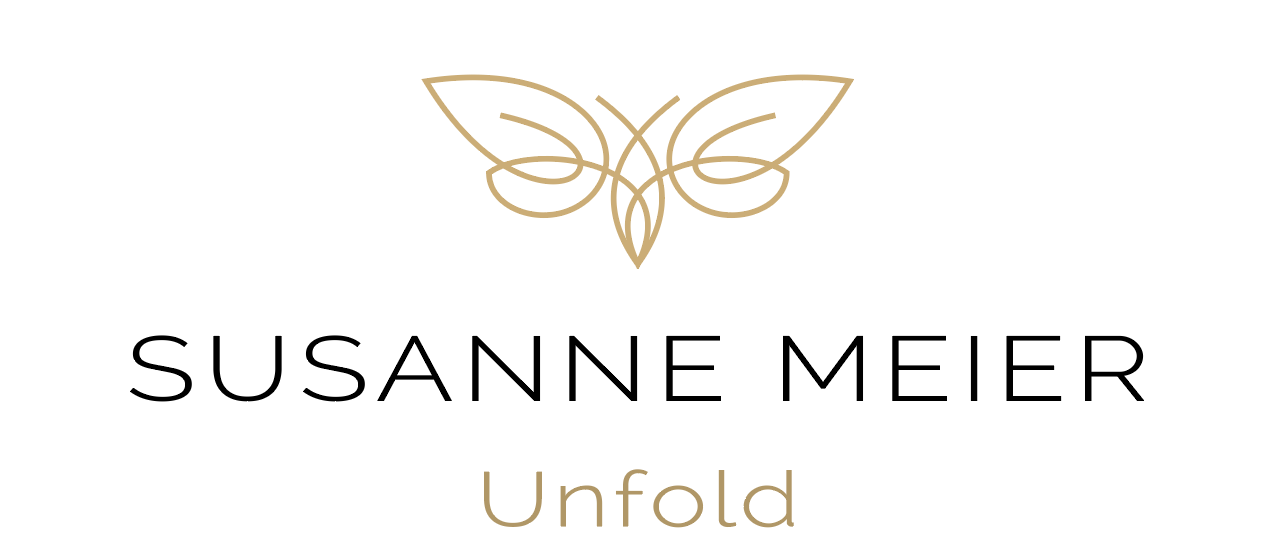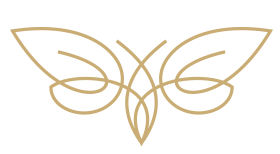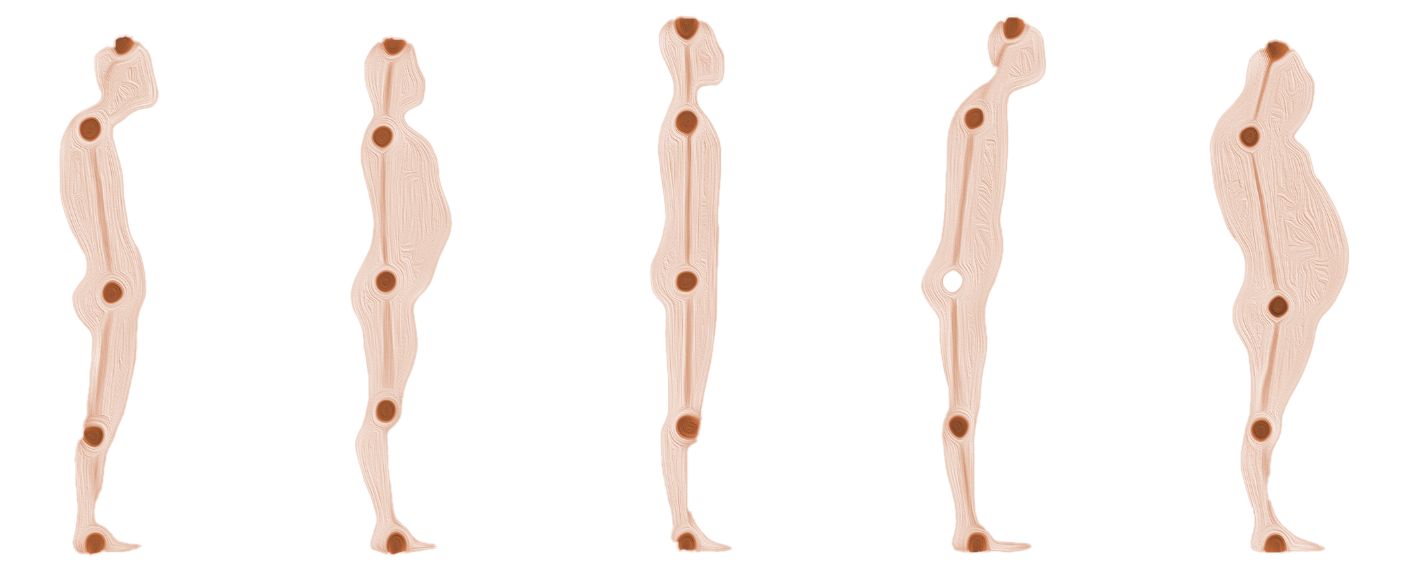
Rolfing
Rolfing is a manual therapy that uses touch to realign and balance the body's fascia, working with gravity to improve posture, flexibility, and relieve chronic pain. By addressing structural imbalances through hands-on techniques, it helps individuals find their center, enhancing movement efficiency and reducing tension.
Rolfing is beneficial for three main groups:
Chronic pain sufferers seeking lasting relief
Addresses root causes of pain
Realigns body structure
Reduces discomfort and improves mobility
Restores natural movement patterns
Helps break compensatory habits
Individuals with chronic tension
and stress:
Releases tension in connective tissues
Improves posture and alignment
Reduces effects of prolonged sitting
Reduces stress with slow, deep touch that activates nerve receptors
Athletes, sports enthusiasts, and yoga practitioners:
Enhances performance and flexibility
Supports injury prevention and recovery
Promotes lasting longevity and unlocks full physical strength
Enhances overall vitality and supports pain-free movement
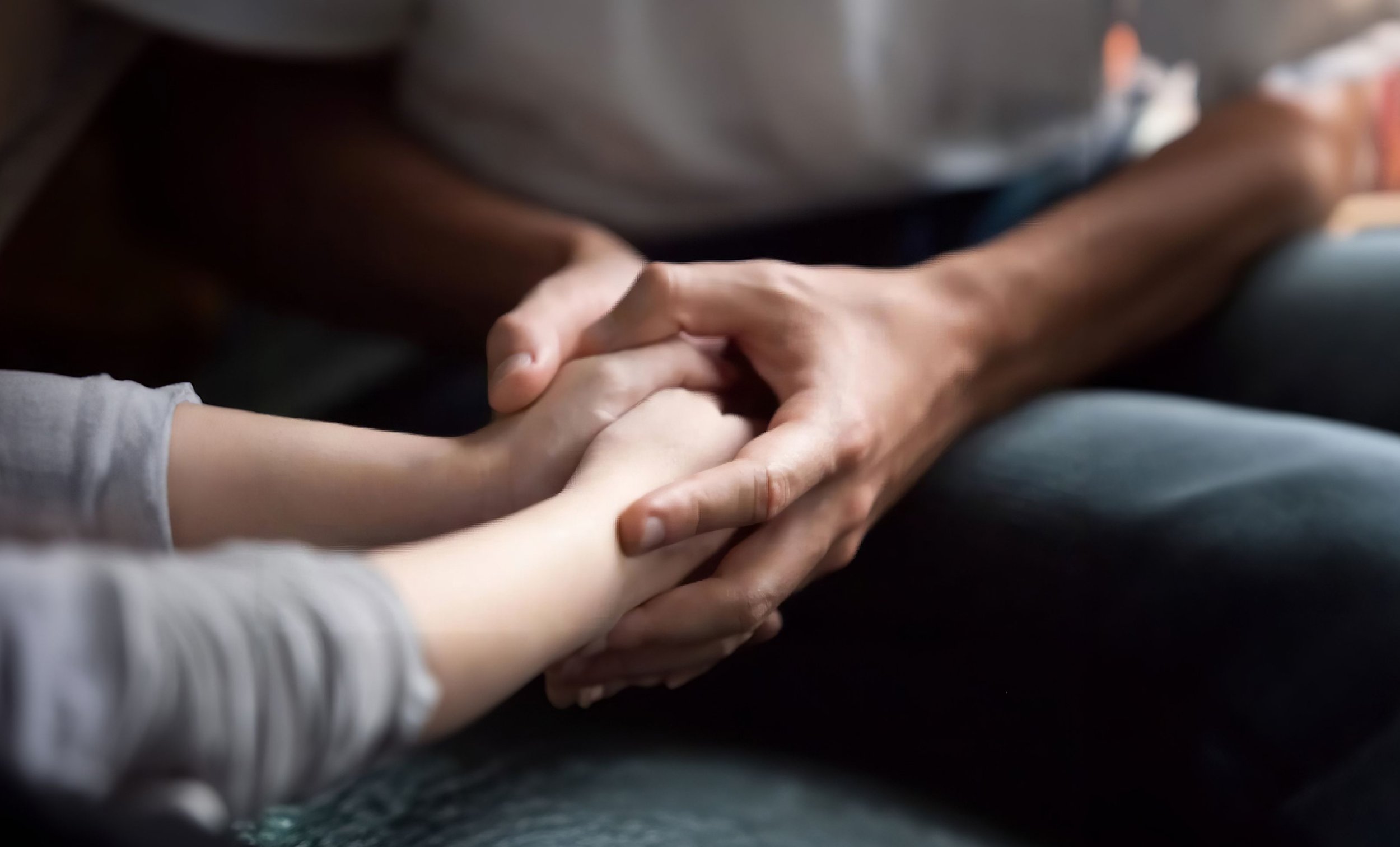
How Rolfing works
…manipulates the body's connective tissue network.
…improves structural alignment and balance.
…releases restrictions in soft tissues
…enhances movement efficiency and body awareness.
…promotes better circulation and flexibility.
…reduces sympathetic nervous system activation
…addresses the body as an interconnected myofascial system.
…optimizes posture and freedom of movement.
Facia Therapy:
Rolfing's holistic approach as a fascia therapy aims to create lasting changes in the body's structure and function, leading to improved overall well-being and performance.
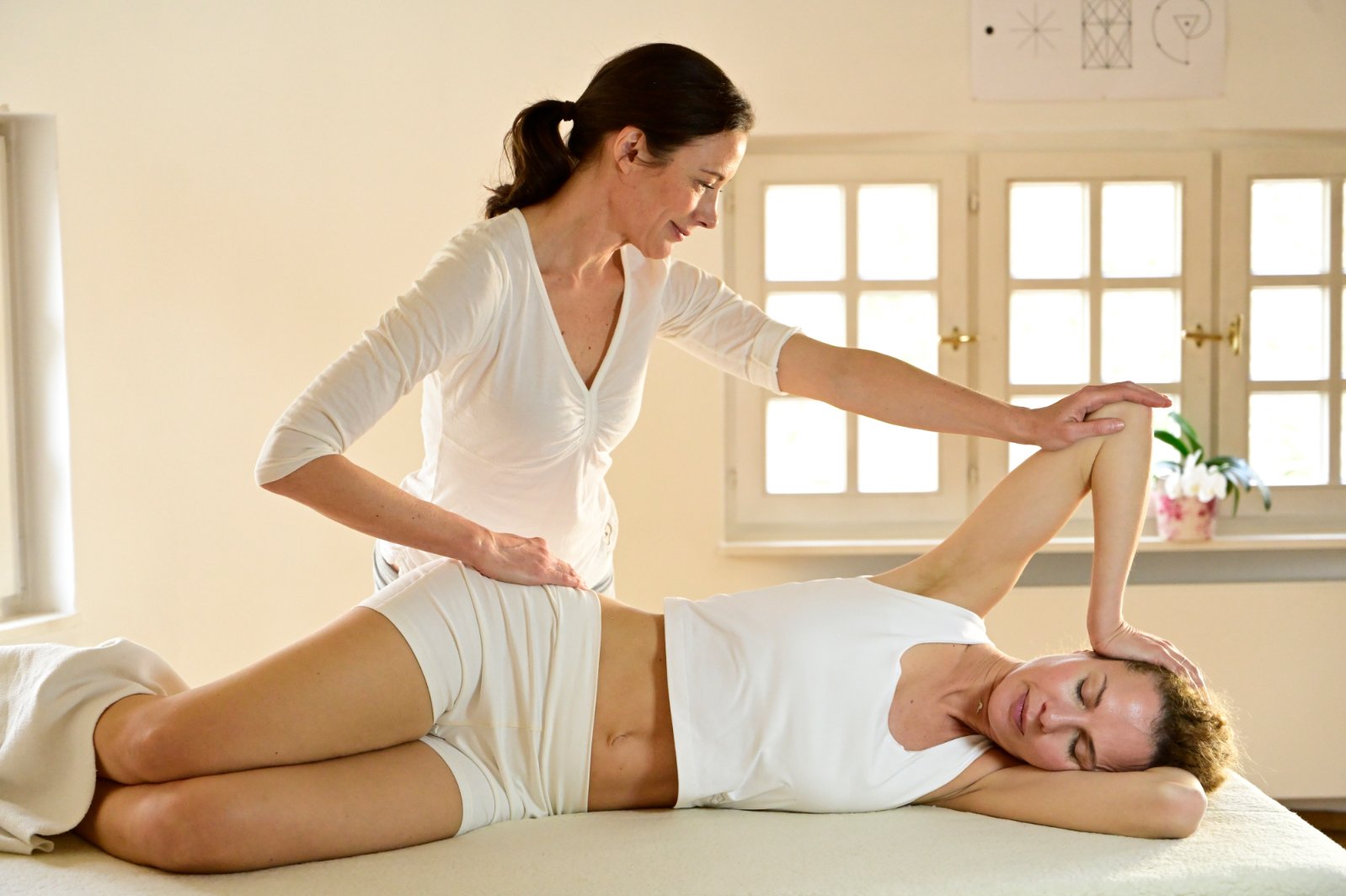
The Process
Rolfing, or Structural Integration, typically involves 10 sessions to address the body in a holistic manner. This series is designed to work through the entire body, recognizing that fascia—the connective tissue that envelops muscles, bones, and organs—is interconnected. Imbalances in one area can impact the whole system, so it's essential to approach the body as a unified whole. The 10-session process allows practitioners to methodically address and realign each part of the body, progressively working through different areas to create a balanced and integrated fascial network. This thorough approach not only targets specific issues but also ensures that the adjustments made in one area support and enhance the overall alignment and function of the body. One of the key benefits of Rolfing is that the results are lasting. By addressing both local and global patterns of tension and misalignment, the body is restructured in a way that promotes enduring changes. This holistic realignment supports long-term improvements in posture, movement, and overall physical well-being, helping individuals maintain a more balanced and functional body over time.
Why combine Rolfing and Yoga
Rolfing works with the fascia to release tension, realign posture, and address movement patterns, while mindful physical disciplines promote awareness, flexibility, and strength. Both, Rolfing and Yoga practices use breathing techniques to stabilize the nervous system and reduce stress. Shifting ingrained habits of posture and perception is a challenge in Rolfing, but conscious movement reinforces these changes, helping the body adapt to new alignment. Together, Rolfing and mindful practices enhance physical awareness, ease discomfort, and support overall well-being, leading to greater movement freedom and balance. Breathing methods further enhance stress reduction, creating a holistic approach to body-mind integration.
